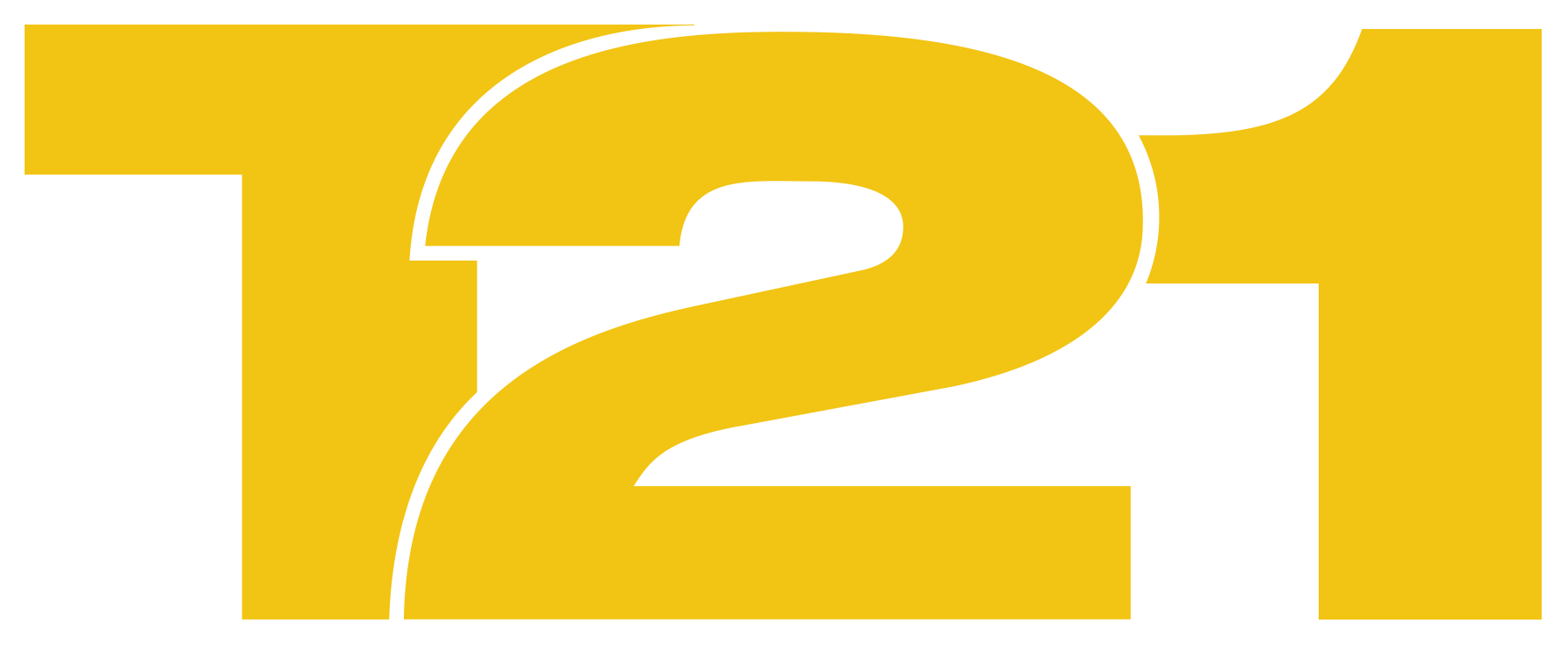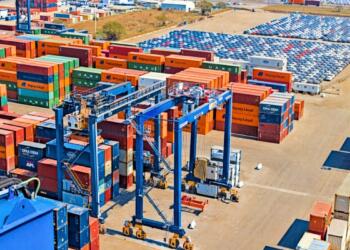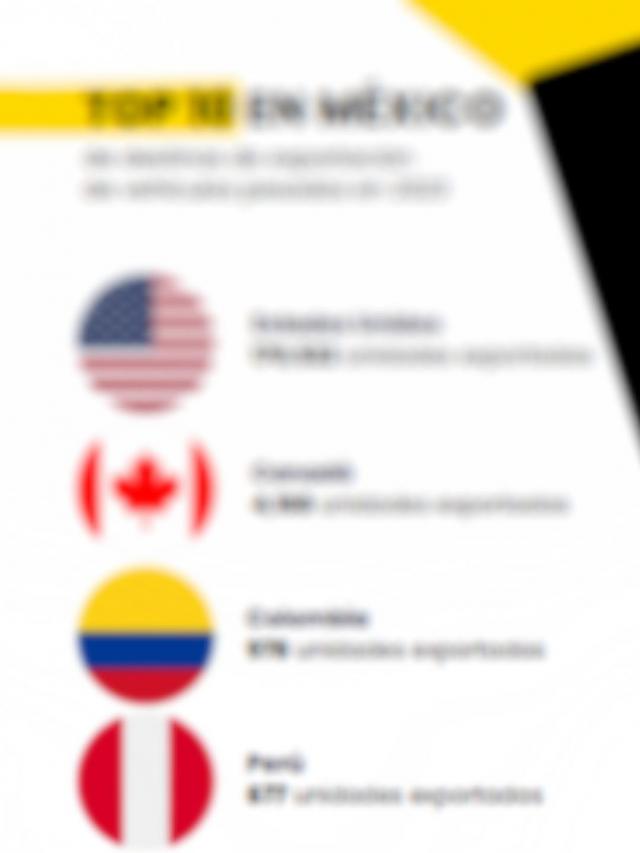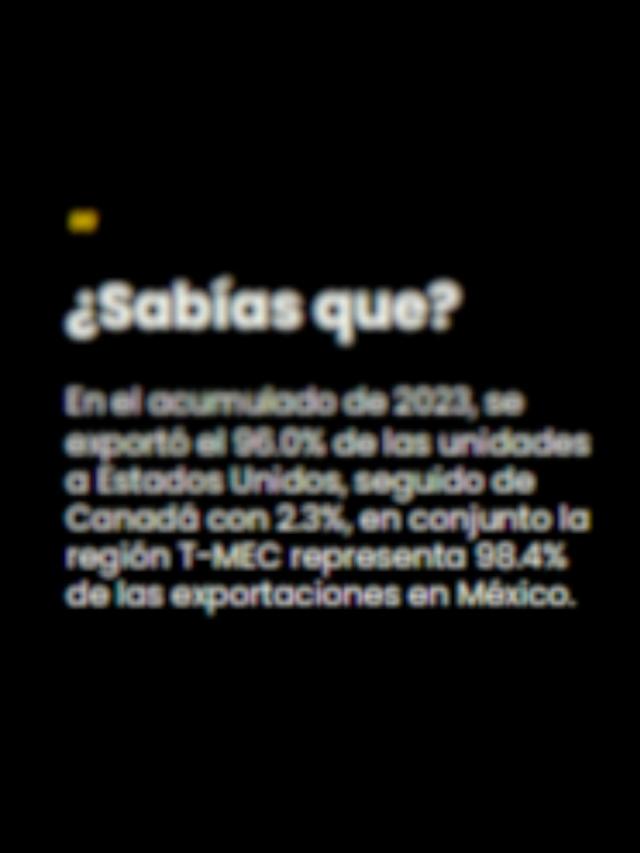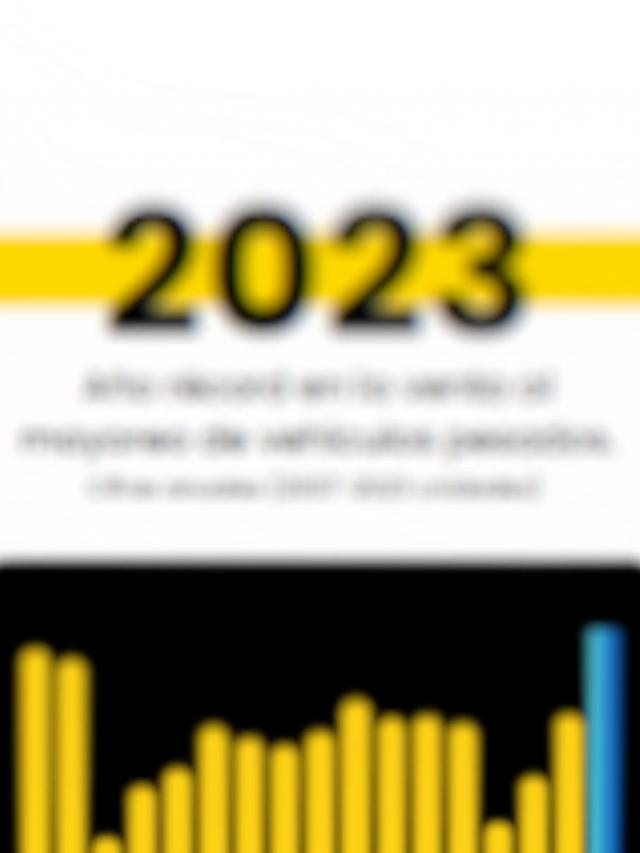
In order to strengthen the American steel and aluminum industry, Donald Trump , president of our northern neighbor, announced that tariffs applied to all imports of these materials into the United States will increase from 25% to 50% , which would come into effect on June 4 .
It’s worth remembering that on March 12, Trump implemented the 25% tax on steel and aluminum, a warning he had signed through executive orders on February 10, “without exceptions or exemptions,” as the U.S. president put it that day.
In this regard, the 25% tax is already levied on Mexico and Canada, countries that, along with the United States, form part of the Agreement between Mexico, the United States and Canada (T-MEC) .
However, so far, Trump, who announced the new measure during a visit to a US Steel plant in Pittsburgh, Pennsylvania, where he also celebrated the alliance between the American company and the Japanese firm Nippon Steel , did not clarify whether the increase will apply to Mexico and Canada.
“We’re going to raise tariffs on steel in the United States from 25% to 50%, which will further secure the industry in the country,” he said, confirming this in a post he made on the Truth Social network on May 30.
On June 1, Trump posted another message on the same social media platform, which he accompanied with a video and which referenced the topic. “We’re going to put Pennsylvania steel in the backbone of America,” he emphasized in the text.
The US president explained that he had considered setting the tariff at 40%, but industry representatives asked him to raise it to 50% to have a greater impact on the defense of this sector.
Such a measure would increase pressure on global steel producers and could escalate the trade war sparked by the imposition of reciprocal tariffs, which is currently on hold.
According to Adrian Gonzalez , president of Global Alliance Solutions LLC , to date, U.S. Customs and Border Protection (CBP) has not issued operational guidance, nor has an executive order been published formally confirming the measure announced by Trump.
“It is also unclear whether the increase will apply to all tariff items included in Section 232, including steel, aluminum, and their derivatives,” González emphasized in a statement.
The National Chamber of the Iron and Steel Industry (Canacero) has repeatedly stated that steel exports from Mexico do not represent a threat to the United States, and explained that while Mexico accounted for 16.1% of the market in Mexico in 2024, the country only represented 2.2% of the market in the United States.
Mexico has sought to reach an agreement on steel and aluminum tariffs through dialogue and negotiation, and a team led by Marcelo Ebrard , head of Mexico’s Ministry of Economy (SE) , has held meetings with its U.S. counterparts.
Just last May 27, Ebrard confirmed that there had been progress on the 25% tariffs on these materials.
“I’d say we’ve had eight meetings on steel and aluminum. I’d almost say I’m an expert on the subject, but I’m optimistic. I can’t give you details because I can’t, but we are making progress,” Ebrard said at the National Meeting of BBVA Regional Board Members .
Donald Trump’s announcement comes after the U.S. Court of International Trade (CIT) issued a potential setback to the U.S. president’s reciprocal tariffs and the U.S. Court of Appeals for the Federal Circuit in Washington issued a provisional stay to review the case.
Comment and follow us on X: @Eliseosfield / @GrupoT21
